Turkmenchay 186 years on - historical overview
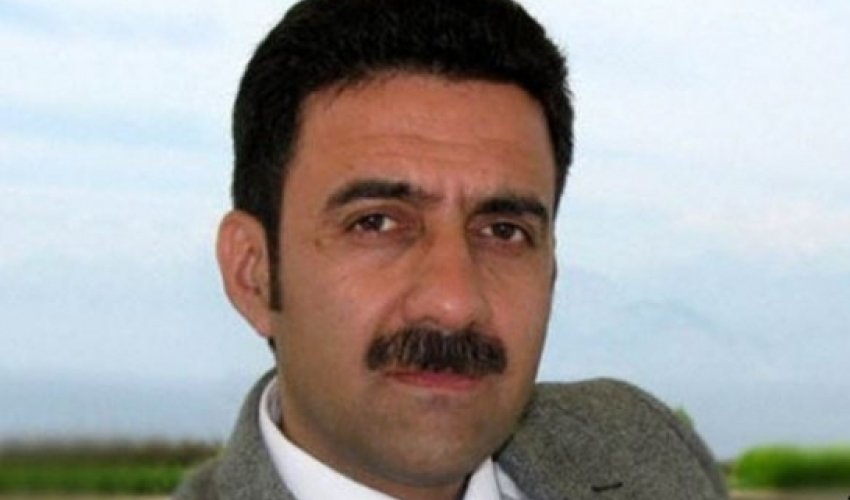
186 years have passed since the conclusion of the Turkmenchay treaty that officially divided Azerbaijan into two parts on February 10, 1828.
Perhaps, Azerbaijan is the only country in the world whose territory over the past 200 years was divided into two parts and then was occupied in parts consistently. The separation and occupation is still ongoing. Historians estimate that happens, based on various factors. But if you put aside all the estimates, then de facto we have that 60 million Azerbaijani Turks have only a nine-million state. True, the President has repeatedly focused on the fact that sovereign Azerbaijan is home to all Azerbaijanis. Today, however, approximately 40 million Azerbaijani Turks live in South Azerbaijan in the territory known in geographical terms as Iran, and are presented throughout the world as "Iranians" or "Persians".
In an interview with a well-known political expert on Iran Rufat Muradli, the ANN.Az correspondent tried to approach the topic with a view of the historical aspects. Assessing the situation , R.Muradly based more on the results: "In fact, it would be wrong to assess the Turkmenchay treaty without the preceding events. That is, Turkmenchay can be regarded as a continuation of the Russian aggression from the end of the 18th century, which showed itself in the capture of Ganja and Balakan and signing the Gulustan treaty. And it would be better to say, it was the final stage of this aggression. Anyway, historical documents about it are quite a lot. But if you pay attention to what happened after the Turkmenchay treaty, it will look more natural. I 've personally been to the village Turkmenchay itself. It is 30 kilometers away from the highway near Ardebil, on the way from Tabriz to Tehran. That is, the purpose of my listing these facts is that the Russians reached the geographic middle of today's South Azerbaijan. But later they agreed to include the Erivan and Nakhichevan khanates into the Gulustan treaty. Naturally, we must consider the impact of Britain on this contract, too. But as a result it becomes obvious what we lost as a united nation. Now we are a nation, which has a single root, but is divided into two parts, for decades separated from each other, faced with the fact that these two parts formed a different psychology and social way of life."
The policy expert also commented on the idea voiced by several historians.
"Along with that, as an alternative, there is a different approach to this issue. Some people say that Northern Azerbaijan was pulled away from its national values and from the influence of the Qajar government and that created favorable conditions to the fact that the first democratic government in the East was subsequently formed in this very part of Azerbaijan. Note that the first theater, the first newspaper, the first professional music also appeared just after that and in this very geographical area. But do not forget that along with the Turkmenchay treaty there is another document - the decree of Tsar Nicholas I of 21 March 1828 on the establishment of an Armenian state on the territory of Turkic Azerbaijan. In fact, we can say that this decree laid the foundation originating in the tragic events in Northern Azerbaijan. In short, if Turkmenchay is considered in terms of "losses and gains," in my opinion, the loss was much more," said the expert.
Seymour
ANN.Az
Latest news 
More news 
























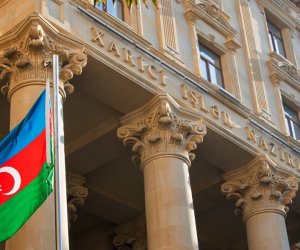
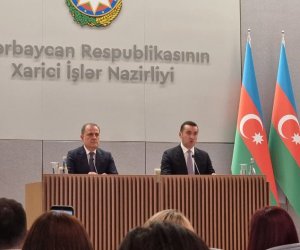

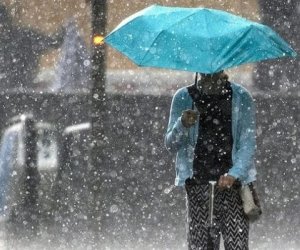



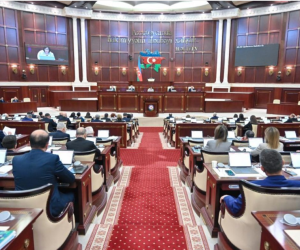



 Photo
Photo 


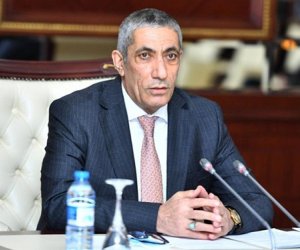
 Video
Video 

